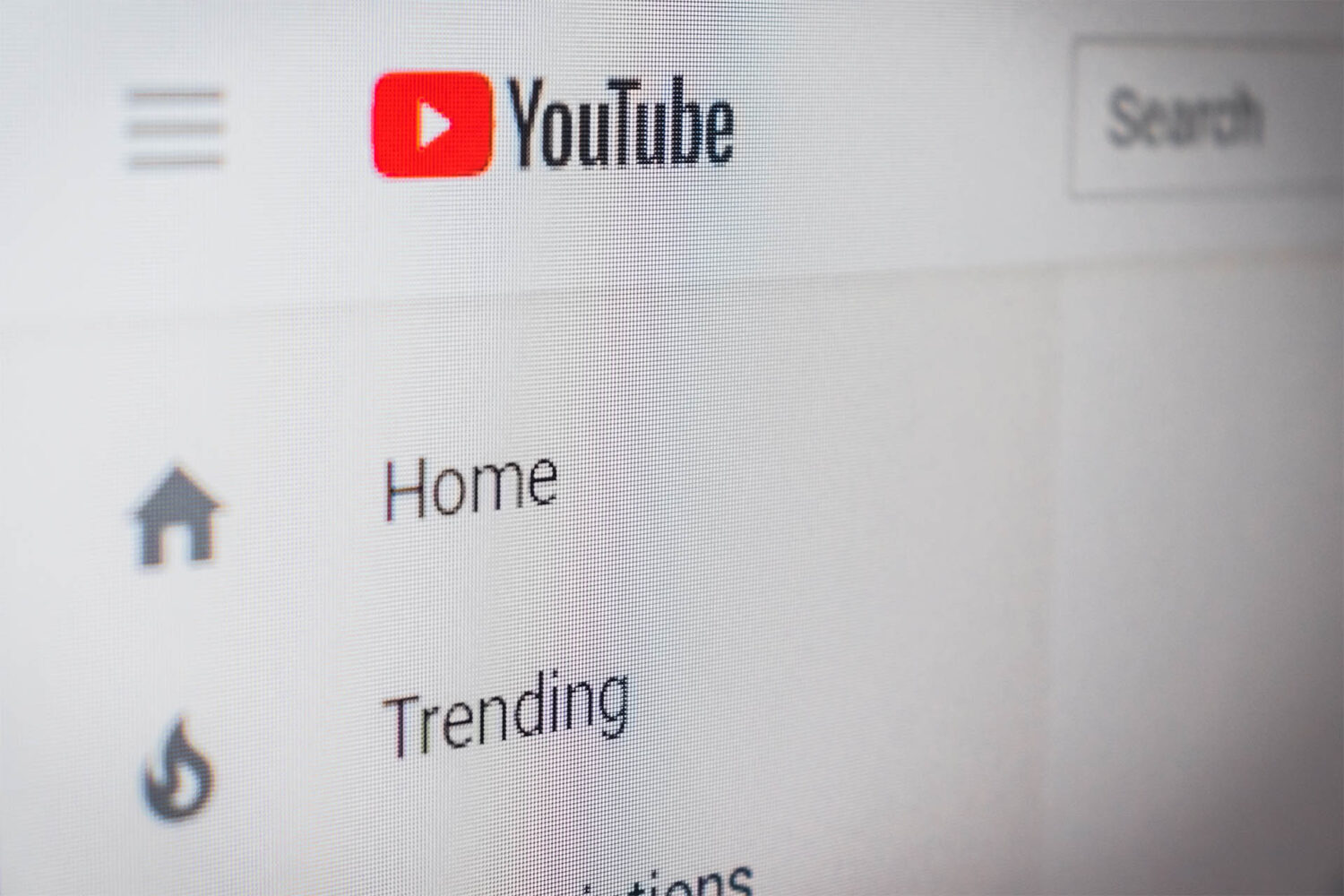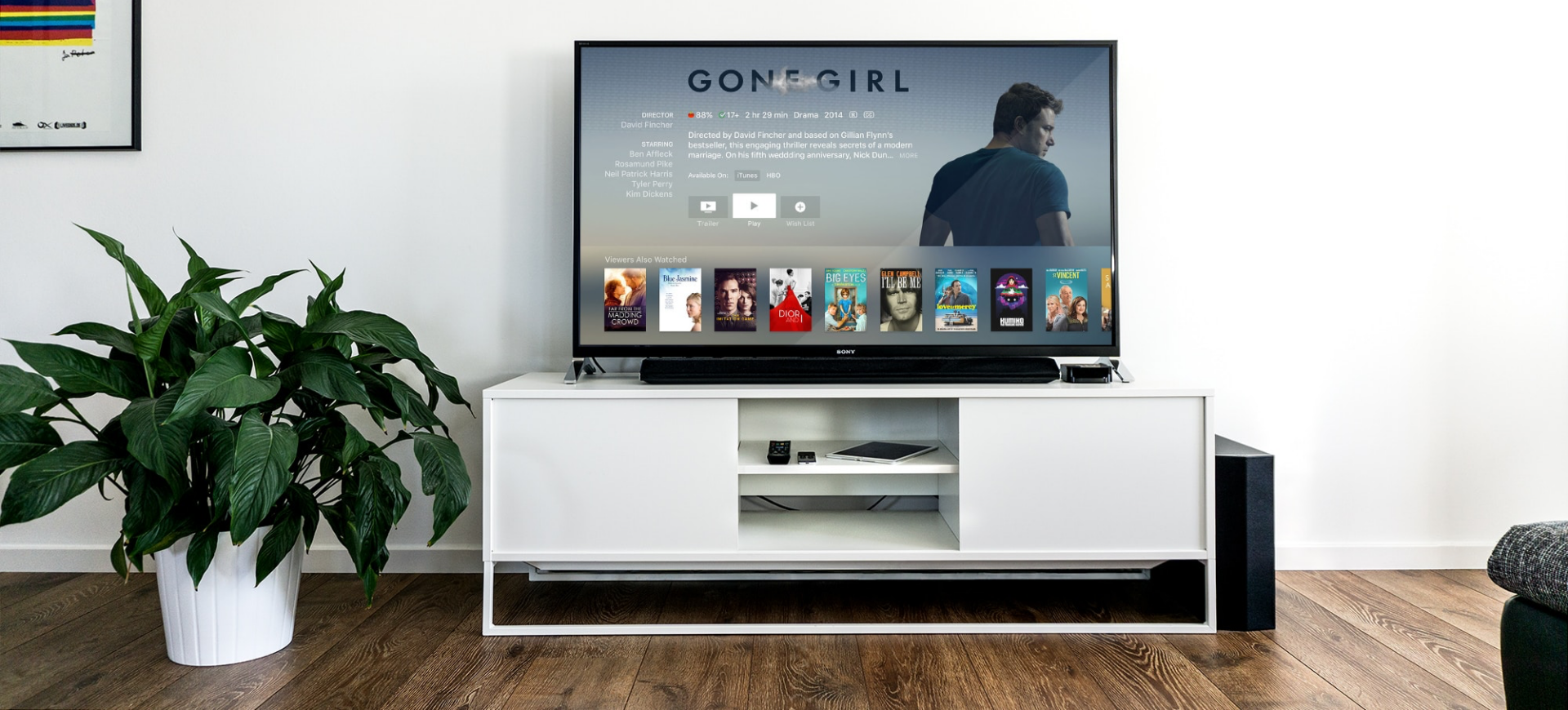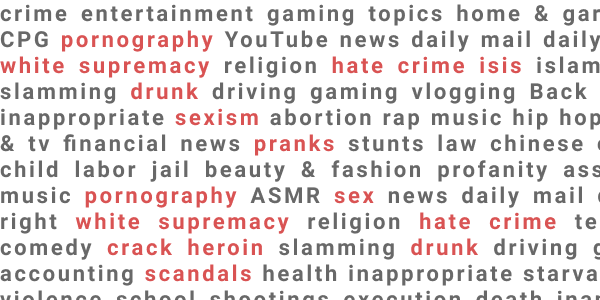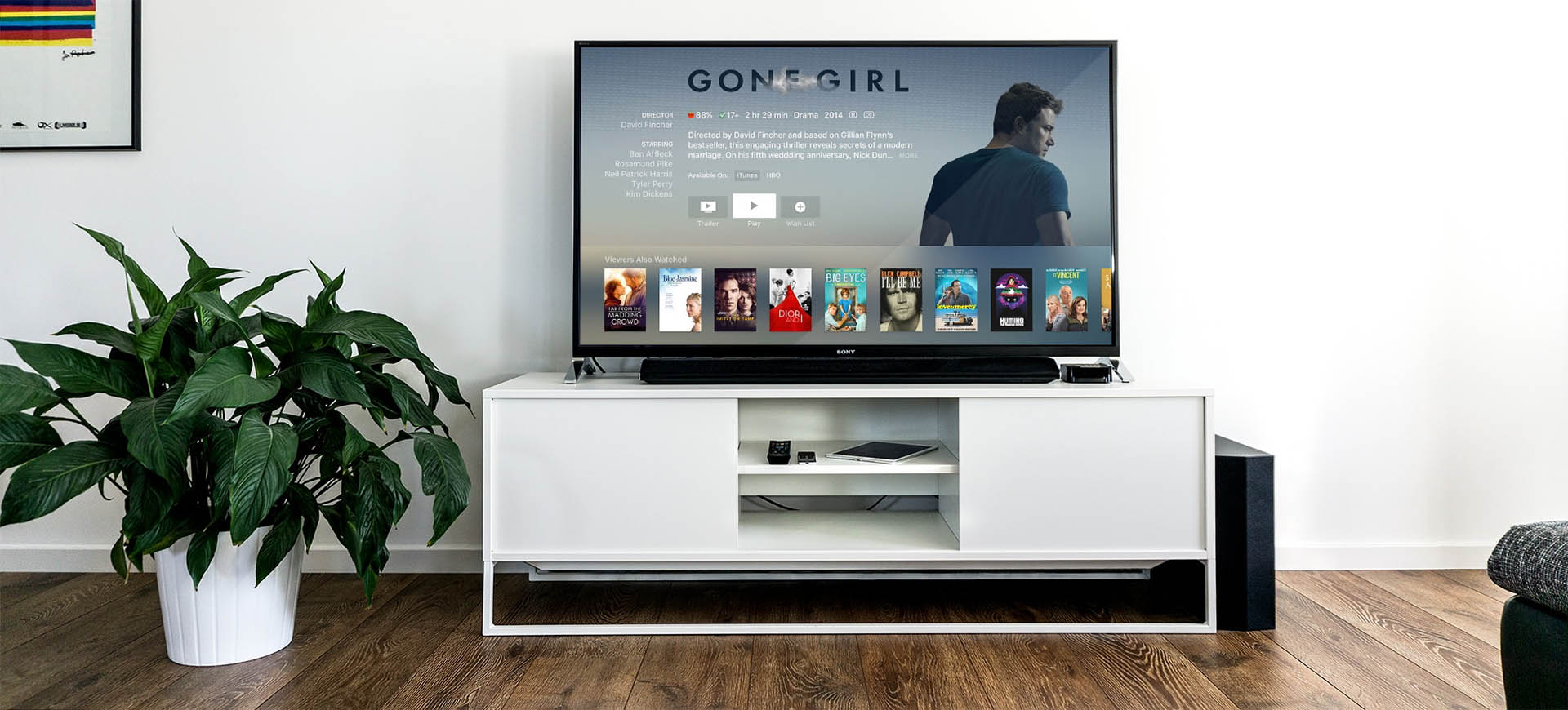Google announced that they plan to phase out 3rd party cookies by the end of 2024. For brands with a healthy budget across Google properties, there are many questions that arise, from how to target campaigns to how to measure conversions. It’s not news that Google plans to limit the use of third party cookies, namely cookies generated outside Google, but their new timeline does create a specific horizon for advertisers.
However, there are several large Google businesses that already run successfully on first party cookies (cookies generated inside Google), including YouTube. YouTube is a walled garden that runs on first party cookies generated within the platform, making it largely immune from Google’s browser changes.
Advertising on YouTube Without Cookies
Contextual targeting will be a highly valuable targeting strategy to evolve and apply in the age of declining cookies as an alternative across the web, and this still holds true for YouTube. YouTube provides a successful example of a business that enables detailed targeting without the trouble of third party cookies.
Contextual targeting is a fantastic option for brands that want to expand beyond audience targeting, and YouTube offers sophisticated options that can be customized for specialized and localized groups, or scaled to include large audiences. Third-party cookies are being limited by regulators and major digital platforms. Audience targeting is being scrutinized and subject to privacy laws across more states and countries. CCPA in California goes into effect this year.
Google and YouTube’s Cookie Policy
Google’s cookie policy currently offers advertisers a range of benefits. These tools allow for enhanced ad targeting based on user preferences, detailed insights into ad performance, and the ability to personalize ads for individual users. They also enable frequency capping to prevent ad overexposure, provide geo-targeting capabilities, and ensure a secure platform for both users and advertisers.
However, as users become more privacy-conscious, many choose to disable or manage their cookies, affecting ad targeting and personalization. And as we reviewed earlier, by the end of 2024, cookies on Google will be all but completely gone.
How to Use YouTube Ads Moving Forward
All brands can take advantage of Google’s highly accurate targeting options with millions of content data points from billions of videos. Creators learn about their audience and apply these learnings to their keywords, content and metadata, which enables advertisers to reach specialized niche audiences with positive content adjacency and no concern about cookie or data privacy issues when customized appropriately. When brands layer these strategies in keeping with brand suitability best practices and an appreciation of brand suitability’s cultural variations, the results drive maximum brand suitability, content alignment and YouTube advertising performance.
How Channel Factory Can Help
Channel Factory not only works closely with YouTube to develop custom expertise, but provides market-leading brand suitability and quality on top.
At a time when advertisers are uncertain about the future of audience targeting and third party cookie campaigns, Channel Factory provides a pathway to a safer and more effective strategy.


















